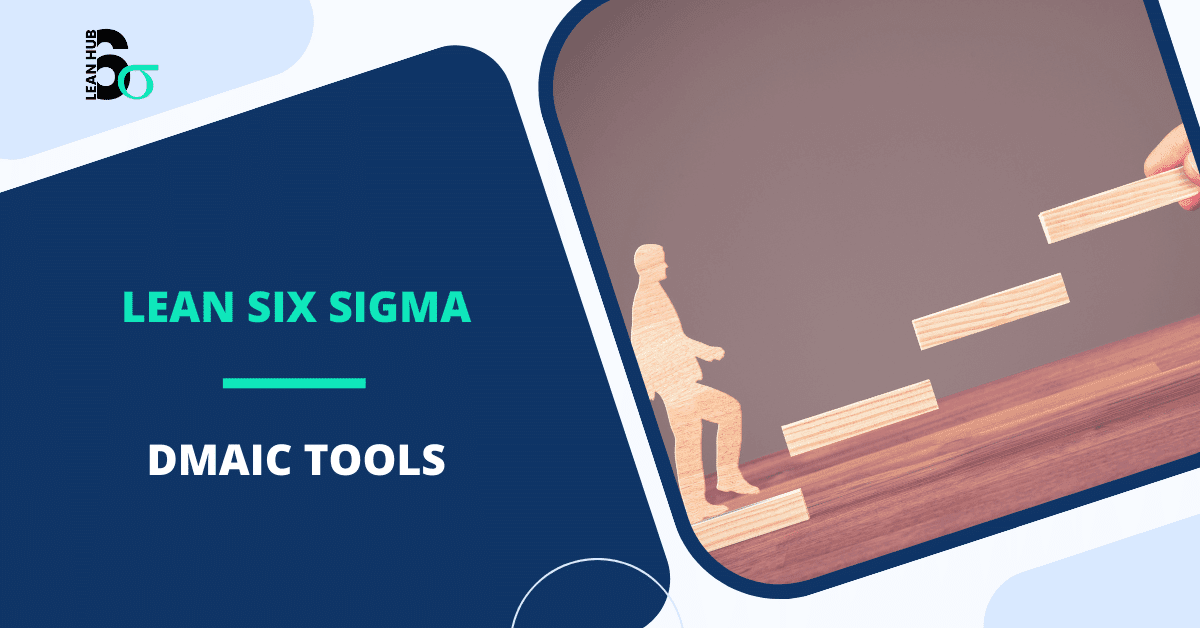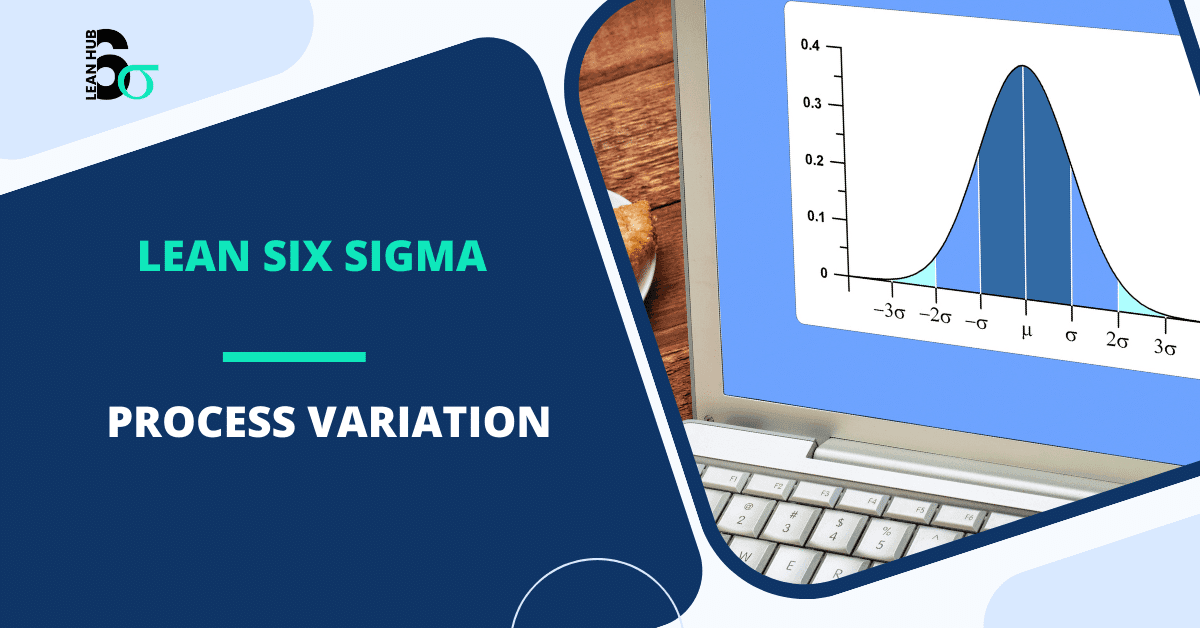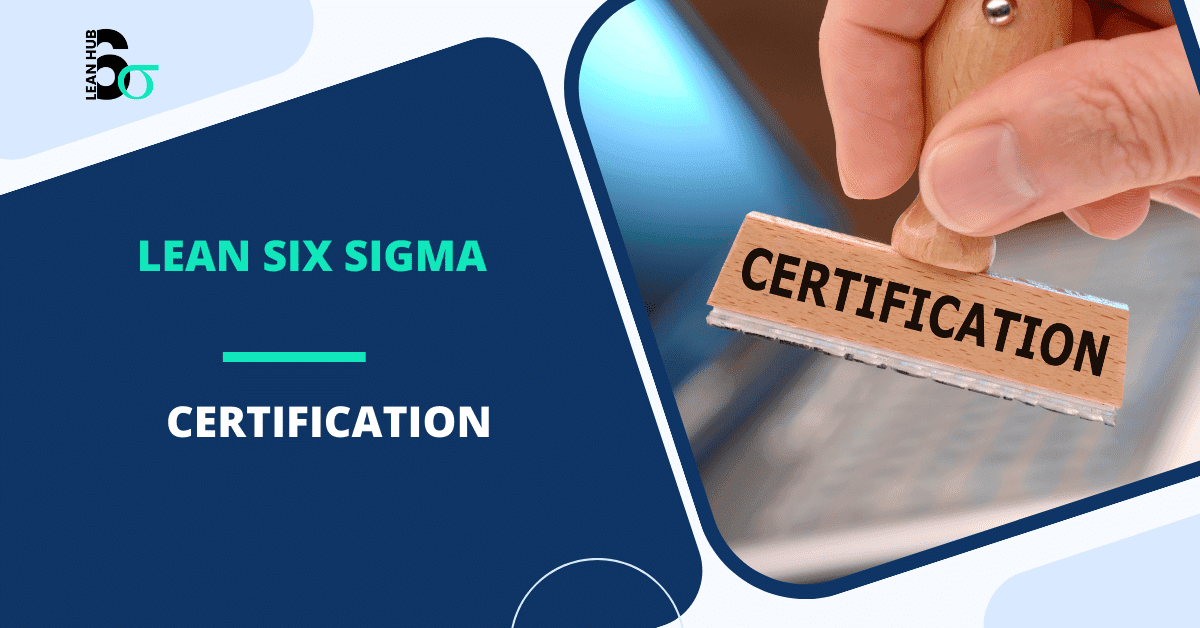Introduction
Lean Six Sigma (LSS) is a powerful methodology that combines Lean’s waste reduction principles with Six Sigma’s focus on process variation. The structured DMAIC (Define, Measure, Analyze, Improve, Control) framework ensures a systematic approach to problem-solving and process improvement.
This article provides a detailed phase-wise list of Lean Six Sigma tools along with real-world examples to help practitioners understand their applications.
DMAIC Phase-Wise Tools with Real-World Examples
1. Define Phase: Setting the Foundation
The Define phase aims to clearly outline the problem, understand customer expectations, and establish project goals. It ensures that improvement efforts align with business objectives.
Key Tools in Define Phase:
| Tool | Purpose | Real-World Example |
|---|---|---|
| Project Charter | Defines the problem, scope, business case, goals, and team responsibilities. | A manufacturing company struggling with high defect rates in a production line uses a charter to align team efforts. |
| Voice of the Customer (VoC) | Captures customer expectations and pain points. | A telecom company uses VoC surveys to identify key customer complaints about network downtime. |
| SIPOC (Suppliers, Inputs, Process, Outputs, Customers) | Maps the process at a high level to understand all elements. | A hospital maps out the patient admission process to identify bottlenecks in paperwork processing. |
| Stakeholder Analysis | Identifies key stakeholders and their influence on the project. | A logistics firm analyzes stakeholders to ensure top management buy-in for an inventory optimization project. |
| Critical to Quality (CTQ) Tree | Translates customer needs into measurable project goals. | A bank identifies key customer expectations for faster loan approvals and translates them into process metrics. |
2. Measure Phase: Quantifying the Problem
The Measure phase involves collecting data to establish a baseline and quantify the problem using statistical tools.
Key Tools in Measure Phase:
| Tool | Purpose | Real-World Example |
|---|---|---|
| Process Mapping (Flowchart, Value Stream Map) | Visualizes process steps and identifies waste or inefficiencies. | A retail company maps order fulfillment to find delays in stock replenishment. |
| Data Collection Plan | Defines what data to collect, from where, and how. | A healthcare clinic sets up a system to measure patient wait times. |
| Operational Definition | Ensures consistent data collection by defining key terms clearly. | A food delivery app standardizes “delivery time” to mean “from order confirmation to doorstep arrival.” |
| Gage R&R (Repeatability & Reproducibility) | Assesses measurement system variation. | A car manufacturer ensures different operators measure vehicle dimensions consistently. |
| Descriptive Statistics (Mean, Median, Standard Deviation, etc.) | Summarizes process data to identify trends. | A call center analyzes average call resolution time. |
| Process Capability Analysis (Cp, Cpk, Pp, Ppk) | Measures how well a process meets specifications. | A packaging firm evaluates whether its machines produce boxes within size tolerance limits. |
3. Analyze Phase: Identifying the Root Causes
In the Analyze phase, data-driven techniques are used to find the root causes of process inefficiencies.
Key Tools in Analyze Phase:
| Tool | Purpose | Real-World Example |
|---|---|---|
| 5 Whys | Identifies the root cause by repeatedly asking “Why?”. | A restaurant investigates high customer complaints and finds long wait times due to a slow kitchen workflow. |
| Fishbone Diagram (Ishikawa/Cause-and-Effect Diagram) | Categorizes possible causes under people, process, materials, etc. | A software company identifies factors causing high defect rates in their code. |
| Pareto Chart | Prioritizes the most significant problems based on frequency. | A banking service finds that 80% of customer complaints stem from just two service issues. |
| Histogram & Box Plots | Visualizes data distribution and outliers. | A pharmaceutical company analyzes medicine shelf life variation across different storage conditions. |
| Regression Analysis | Examines relationships between variables. | A car dealership finds that advertisement spending directly correlates with sales volume. |
| ANOVA (Analysis of Variance) | Compares means across multiple groups. | A food chain tests whether sales differ significantly across multiple locations. |
| Failure Mode and Effects Analysis (FMEA) | Identifies potential failures and prioritizes risks. | An aerospace manufacturer assesses failure points in aircraft engine components. |
4. Improve Phase: Implementing Solutions
The Improve phase focuses on implementing and testing solutions to eliminate root causes and enhance process performance.
Key Tools in Improve Phase:
| Tool | Purpose | Real-World Example |
|---|---|---|
| Brainstorming & Affinity Diagrams | Generates innovative solutions collaboratively. | A team at a hospital brainstorms ways to reduce emergency room wait times. |
| Design of Experiments (DOE) | Tests multiple variables simultaneously to find optimal settings. | A chemical company optimizes the reaction temperature and pressure for increased yield. |
| Poka-Yoke (Error Proofing) | Prevents human errors through smart design. | A car assembly line installs sensors to ensure bolts are tightened correctly. |
| Kaizen (Continuous Improvement Events) | Encourages quick, incremental improvements. | A fast-food chain optimizes kitchen layout for faster service. |
| Pilot Testing | Tests a proposed solution on a small scale before full implementation. | A supermarket trials self-checkout stations in select stores. |
| Control Charts (Before & After Comparison) | Ensures that process improvements yield consistent results. | A software firm monitors defect rates before and after deploying a new code review process. |
5. Control Phase: Sustaining the Gains
The Control phase ensures the improvements are maintained over time and the process doesn’t revert to its old ways.
Key Tools in Control Phase:
| Tool | Purpose | Real-World Example |
|---|---|---|
| Standard Operating Procedures (SOPs) | Documents best practices for consistency. | A logistics company formalizes new inventory management guidelines. |
| Control Charts (SPC – Statistical Process Control) | Monitors process stability over time. | A pharmaceutical firm tracks product quality variation in real-time. |
| Mistake Proofing (Poka-Yoke) | Ensures processes prevent future errors. | An ATM machine prevents incorrect card insertion. |
| Visual Management (Kanban, 5S) | Uses visual cues for better workflow management. | A warehouse implements color-coded storage areas to prevent misplaced items. |
| Control Plan | Outlines actions to maintain process performance. | A hospital establishes a monthly review of patient safety compliance. |
Conclusion
Lean Six Sigma’s DMAIC methodology is powered by a wide array of tools, each playing a crucial role in problem-solving. Selecting the right tool at the right phase ensures data-driven decision-making and sustainable process improvements.
Businesses from manufacturing to healthcare, retail, and banking leverage these tools to reduce waste, enhance efficiency, and improve customer satisfaction.
Key Takeaways:
- The Define phase sets clear project objectives.
- The Measure phase quantifies process performance.
- The Analyze phase pinpoints root causes.
- The Improve phase implements solutions.
- The Control phase ensures long-term stability.
By understanding and applying these tools effectively, organizations can unlock the full potential of Lean Six Sigma and drive continuous improvement.








